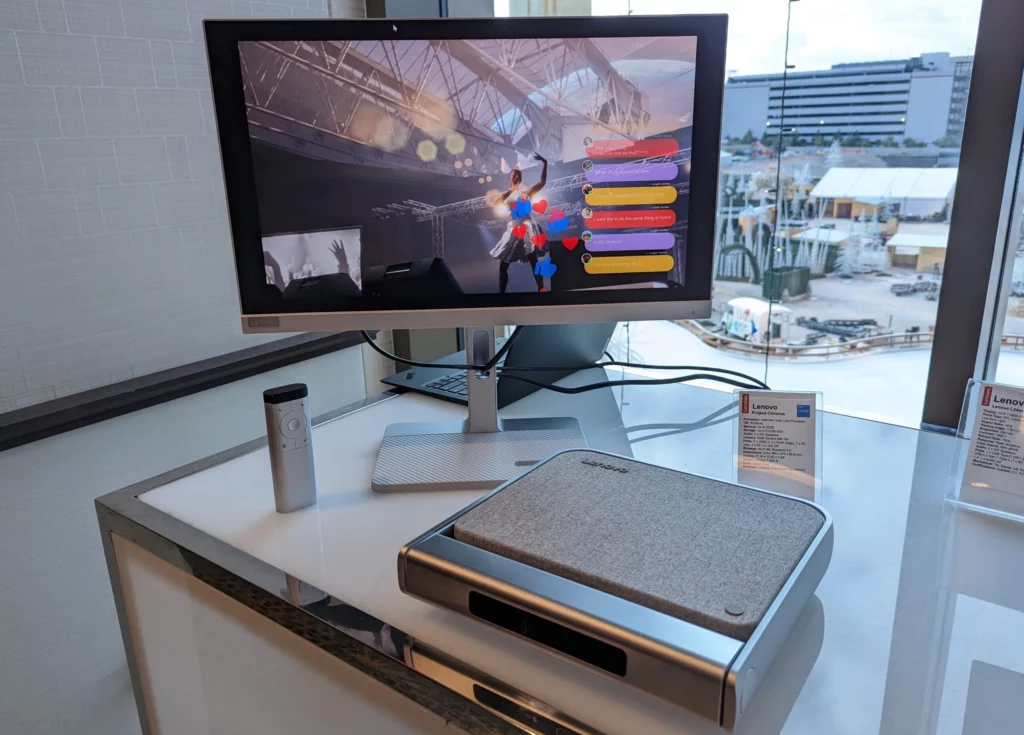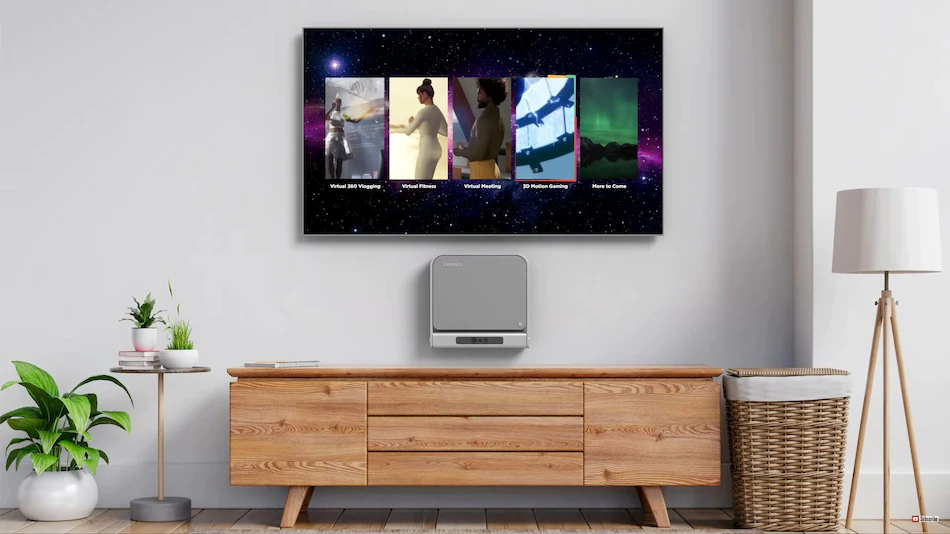At CES 2023, Lenovo introduced its Project Chronos concept, a motion capture system that does not require the use of a specialised wearable device. This prototype from the Chinese PC producer offers a “glasses-free, full-body movement-driven experience”, allowing users to take advantage of motion capture without the need for a headset or motion-activated controllers. This is similar to Acer and Asus’ recent 3D solutions, which do not require glasses, but this technology focuses on motion capture as opposed to 3D gaming.
Also Read: OnePlus Pad enters testing in India, Launch in this month, Read Full Report
Lenovo has stated that Project Chronos will be able to output to an external display via HDMI, even though it does not have dedicated HDMI ports. This device uses RGB depth cameras to replicate user actions in virtual reality (VR) and then transmits the data to an external monitor with DisplayPort or HDMI.

Source: Google, Lenovo Chronos concept
The concept device from Lenovo includes three DisplayPort connections and four mini DisplayPorts, as well as a twin 6W speaker system and a camera that can rotate 180 degrees, allowing users to enter 3D-rendered virtual environments with ease.
The Lenovo Project Chronos is equipped with an Intel Core i7 Raptor Lake processor and an additional dedicated GPU. It has a maximum of 32GB of RAM and 512GB of internal storage, and comes pre-loaded with Windows 10, as well as its own in-house Chronos. This model is quite hefty, weighing 3.54 kilogrammes and measuring 284 x 275 x 60.6mm.
Also Read: आलिया भट्ट से श्रीदेवी तक: Bollywood Actress शादी से पहले हुईं प्रेग्नेंट
It is uncertain if Lenovo will release the Chronos model in the near future, so it remains to be seen if it will outperform the Microsoft Kinect.

Source: Google, Lenovo Chronos concept
Microsoft released Kinect in 2010, a line of motion sensing input devices which include RGB cameras, infrared projectors and detectors to detect depth. These components are used to recognize gestures, determine body skeletal structure, and enable voice control and speech recognition.
Microsoft’s Kinect was initially created as a motion-sensing device for Xbox video game consoles, which was different from similar products from competitors like Nintendo’s Wii Remote and Sony’s PlayStation Move, as it did not require the use of physical controllers.



